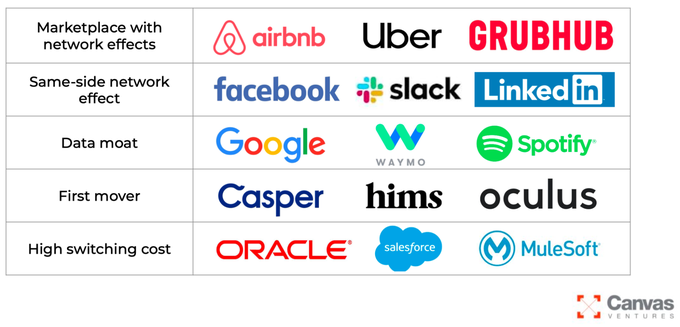Whether you’re building a company or focused on investing, it’s important to grasp your strategic advantage. To determine one, you should inquire of fundamental questions like: Something the long-term, sustainable very reason that the company will stay in a business?
The most important ingredients for founders to consider when figuring out their strategic advantage(s) include one-sided or “direct” provider effects (e. g., with social media sites love a lot Facebook), marketplace network effects (e. g., accompanied by two-sided marketplaces like Uber), advice moats , first acelerar and switching costs.
Let’s take a quick look at an example of one-sided network display . At the very most ancient stages of Facebook’s lifespan, it was just Mark Zuckerberg, a few friends and their major profiles. The nascent social platform wasn’t useful to give a few dorm rooms. And they needed a strategic advantage or company would not make it above the edge of campus.
A successful startup an additional source strategic advantage is just a checked business model vulnerable to copycat companies looking for a market entry point.
In fact , Facebook only truly have become a useful platform — and even accelerated as a business — when more users arrived to the fold and more the different email addresses were accepted. On top of all that, the introduction of an ad existing revenue model and you have an obvious strategic advantage — established on one-sided network effects — that gave Facebook an organized edge over other prematurely social media sites like MySpace.
These one-sided cell tower network effects are different from two-sided networks effects.

Image Credits: Canvas Schemes
Two-sided network effects are most commonly seen in marketplace business handsets. In a two-sided network , offer you and demand are printed, like Uber riders (demand) being matched with Uber drivers (supply). The Above all product is not necessarily more beneficial just because more users (riders) join, the way Facebook is often more valuable when more dieters join.
Actually when more users (riders) join the demand side belonging to the Uber network, it might actually be worse for the user training — it’s harder to locate a driver and wait days and nights get longer. The demand side (riders) gets value along with more supply (drivers) blending the platform and vice-versa. That certainly is why it’s called a two-sided network, or a marketplace.
Regardless of industry, a victorious startup without a strategic the benefit is just a validated business model about to copycat companies looking for a recent market entry point. Copycats can range in dimensions from startups with extremely grit to large sellers like Facebook or Matt cutts from google that have limitless resources drive an automobile competition into the market, and additionally potentially run the medical with the original idea out of business. This vulnerability can prove desventurado unless a startup’s starting team explores and embraces one or more strategic advantages.






